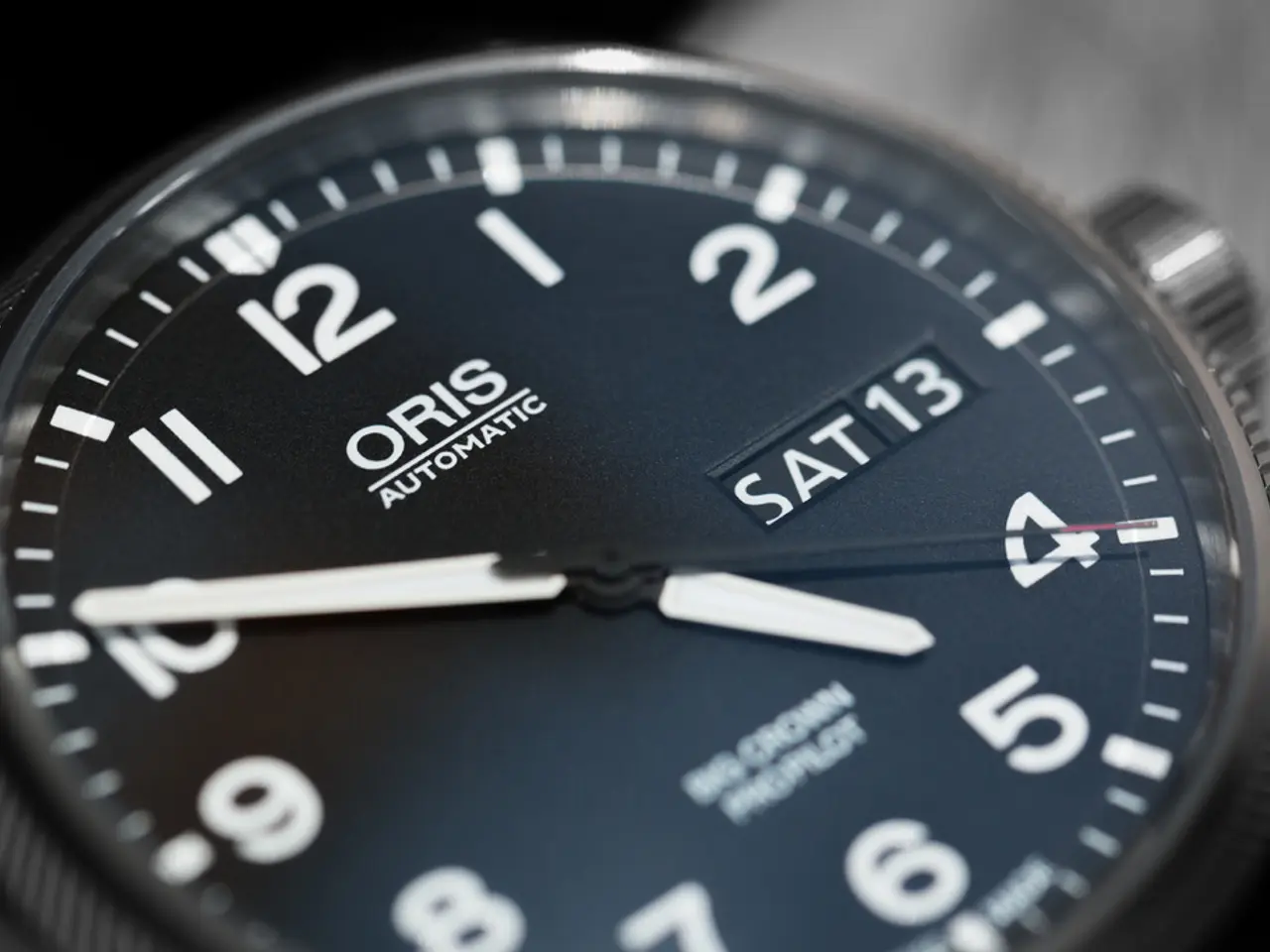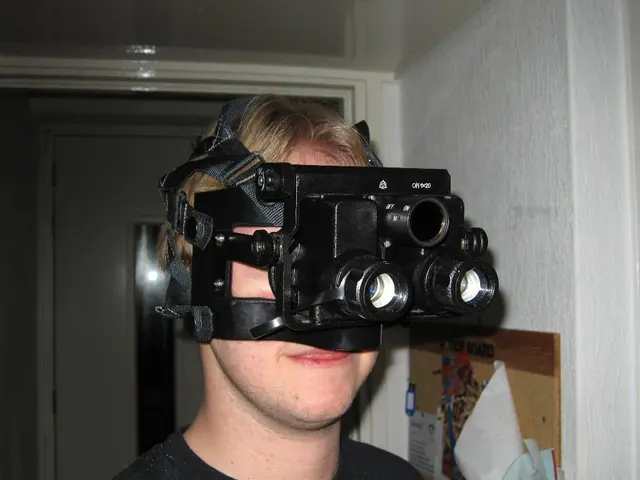Athletes: Master Zone 2 for Optimal Training
Athletes and fitness enthusiasts are advised to accurately determine Zone 2, the optimal training intensity, through individual heart rate measurement. This zone, typically at 60-70% of maximum heart rate, offers numerous benefits but is often misunderstood and misused.
Heart rate measurement is the most recommended method for determining Zone 2. It should be done individually, as thresholds vary significantly between people. Performance diagnostics, such as graded exercise tests with lactate and metabolic analysis, provide the most precise personal zones for running and cycling training.
However, heart rate can be imprecise and influenced by daily conditions and external factors. It does not respond instantly to changes in effort and can drift upward during prolonged exercise. Cyclists can use power meters or power-regulated stationary bikes for immediate, objective feedback.
Many people unknowingly train too hard, missing out on the key benefits of Zone 2 training. To avoid this, experts suggest using the 'talk test' as a guide if no measurement tools are available. This involves maintaining a conversation during exercise; if you can't speak in full sentences, you're likely above Zone 2.
Accurately determining Zone 2 through individual heart rate measurement or other precise methods is crucial for effective training. It helps avoid overtraining and ensures the benefits of this optimal intensity zone are fully realised. The '220 minus age' formula for maximum heart rate is a rough estimate and should not be relied upon for precise training zones.
Read also:
- Berlin's 'Impulscafé' Offers Free Guidance for Parents in Lünen
- Wiesbaden Hosts Free Info Evening on Care & Guardianship Planning
- Saxony-Anhalt Approves €154M for Care Projects, Including €4M for Innovative Dementia Nursing Home
- Actively Black's Lanny Smith Declares NYFW Show 'Not a Fashion Show', but a Civil Rights Tribute







